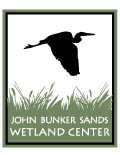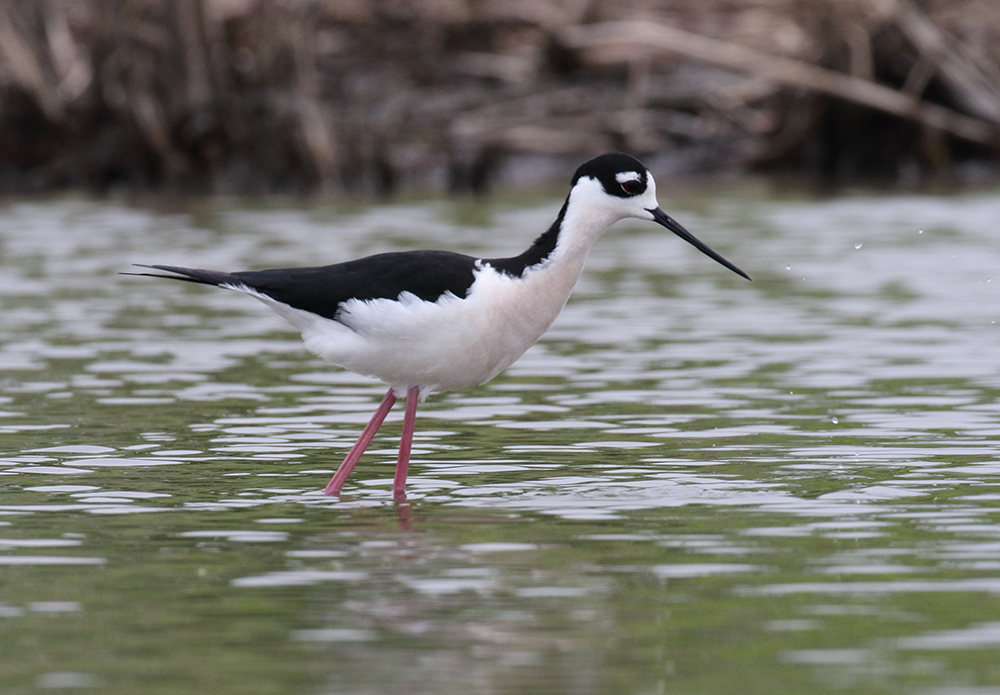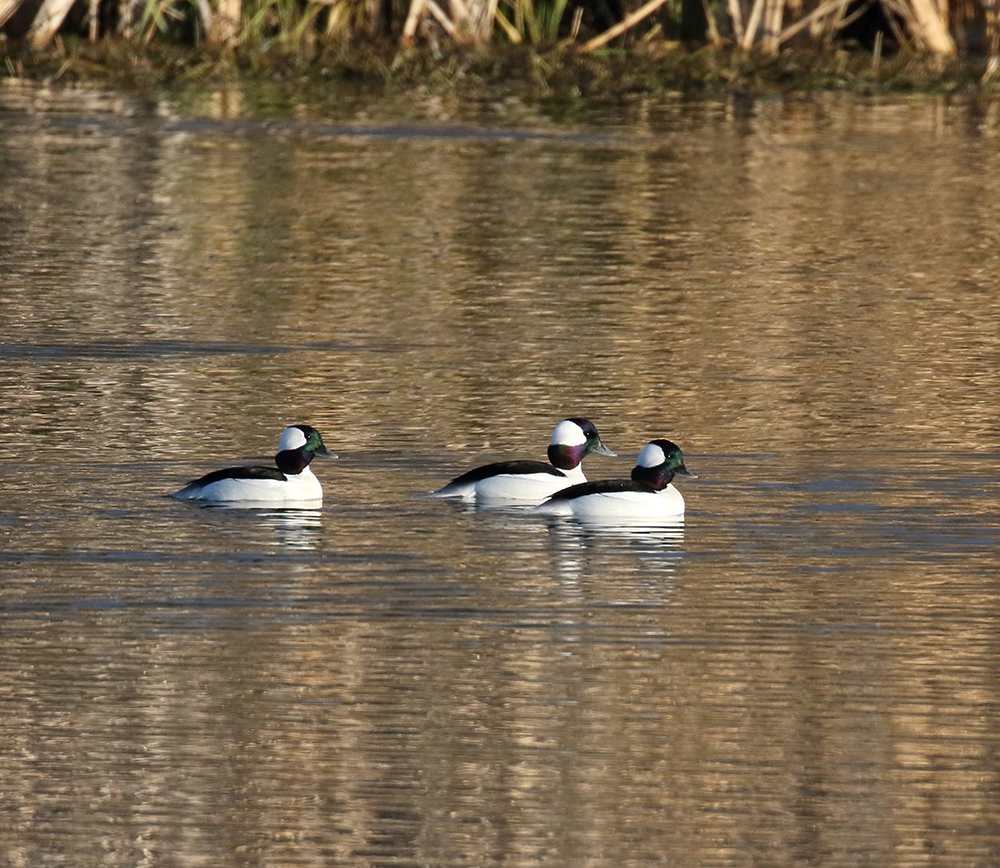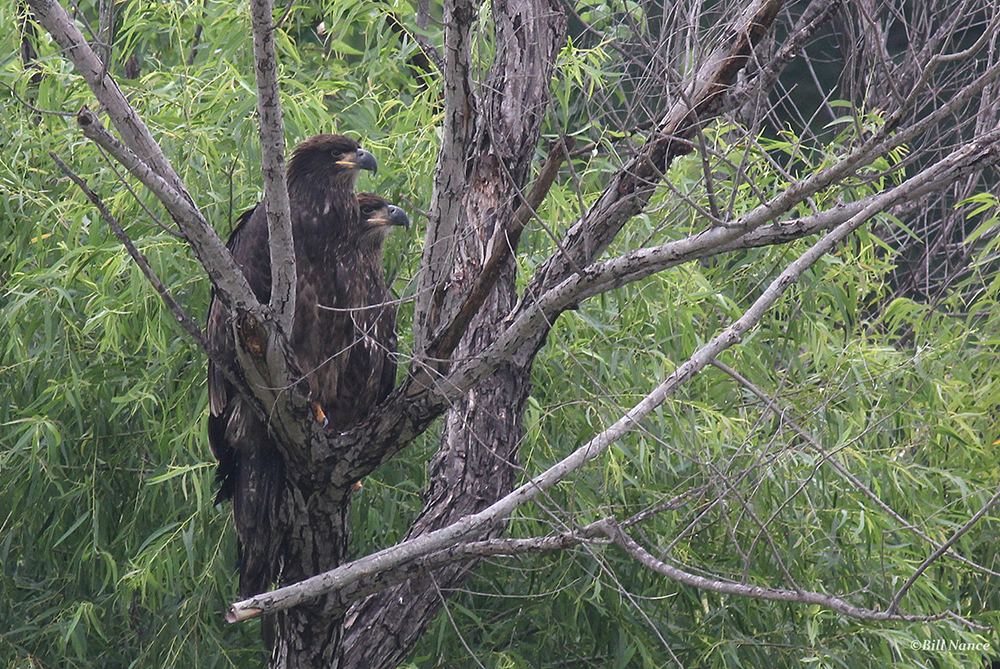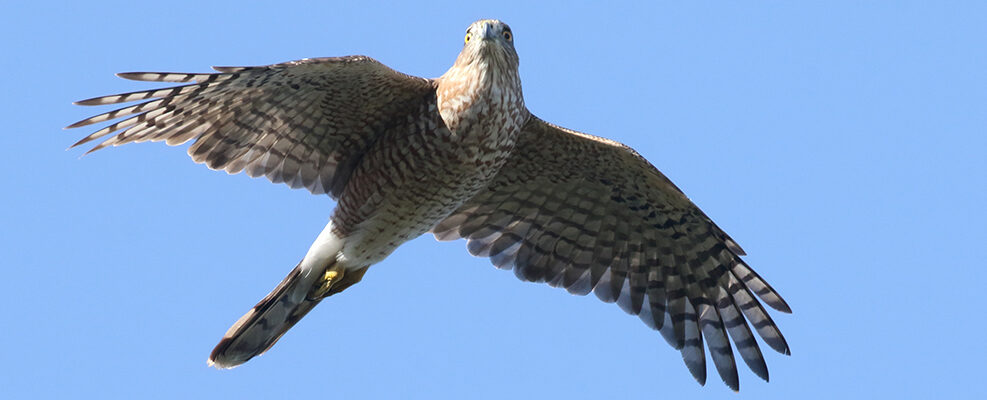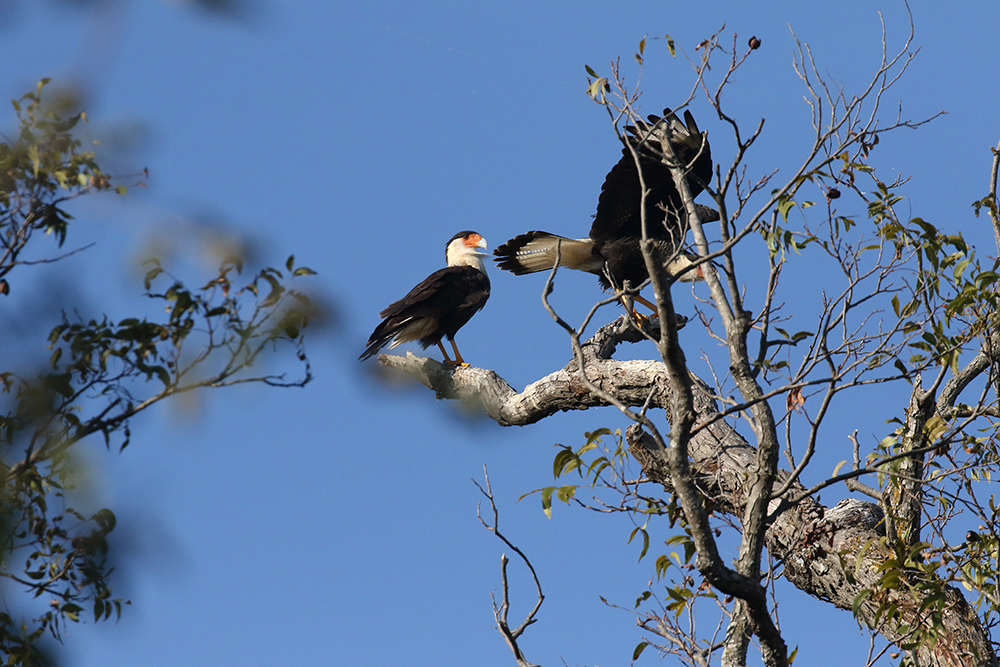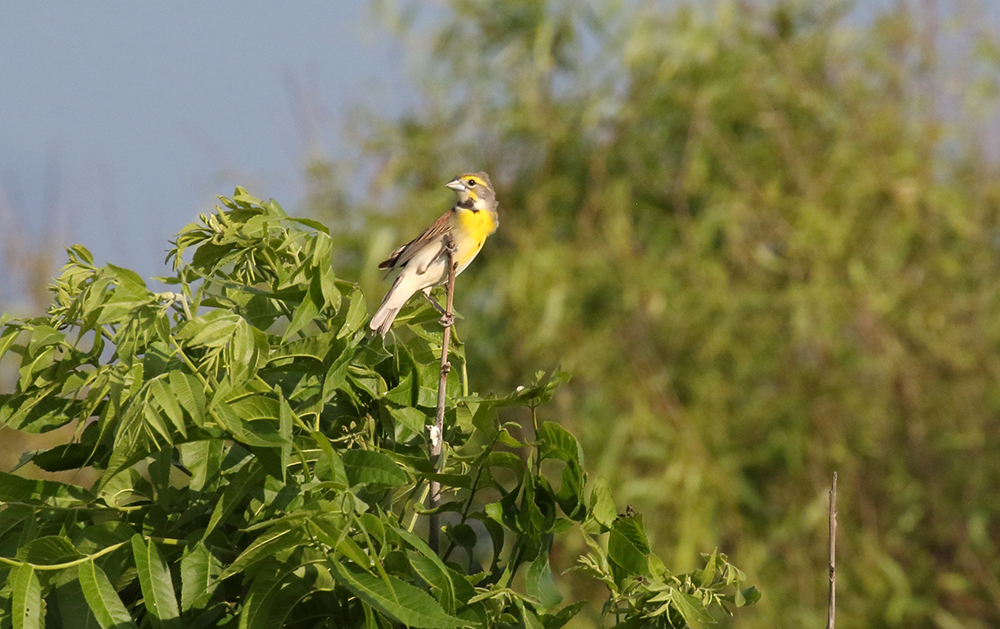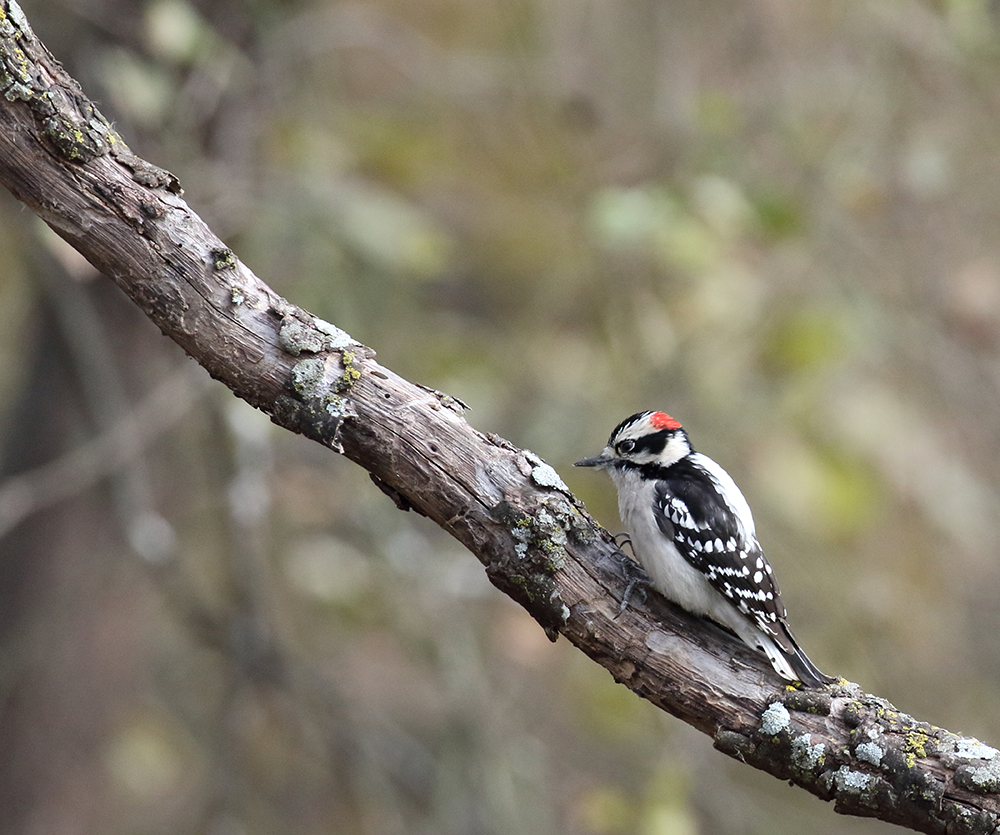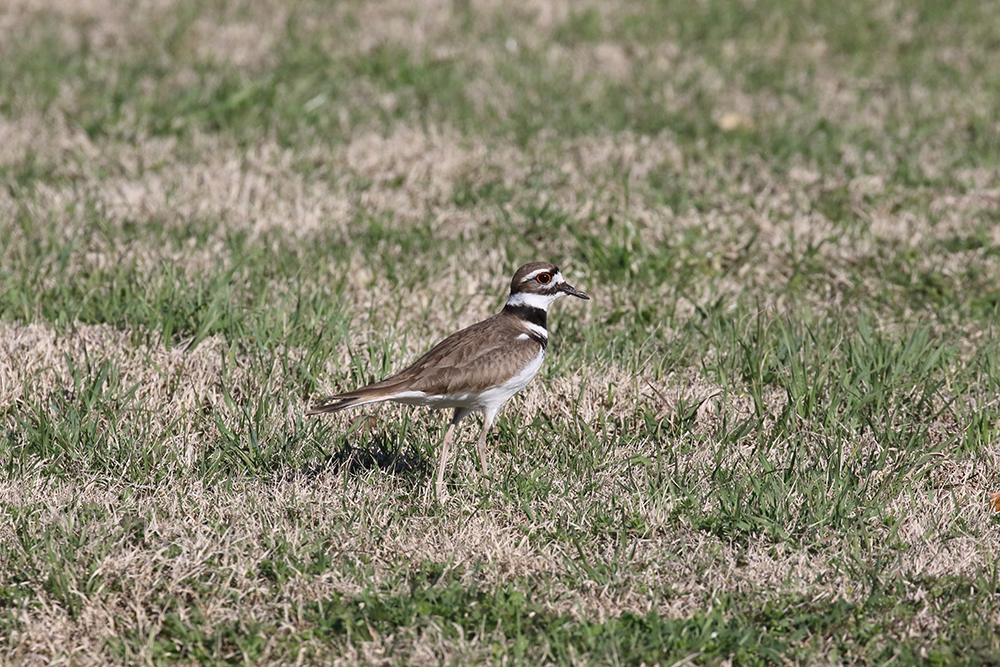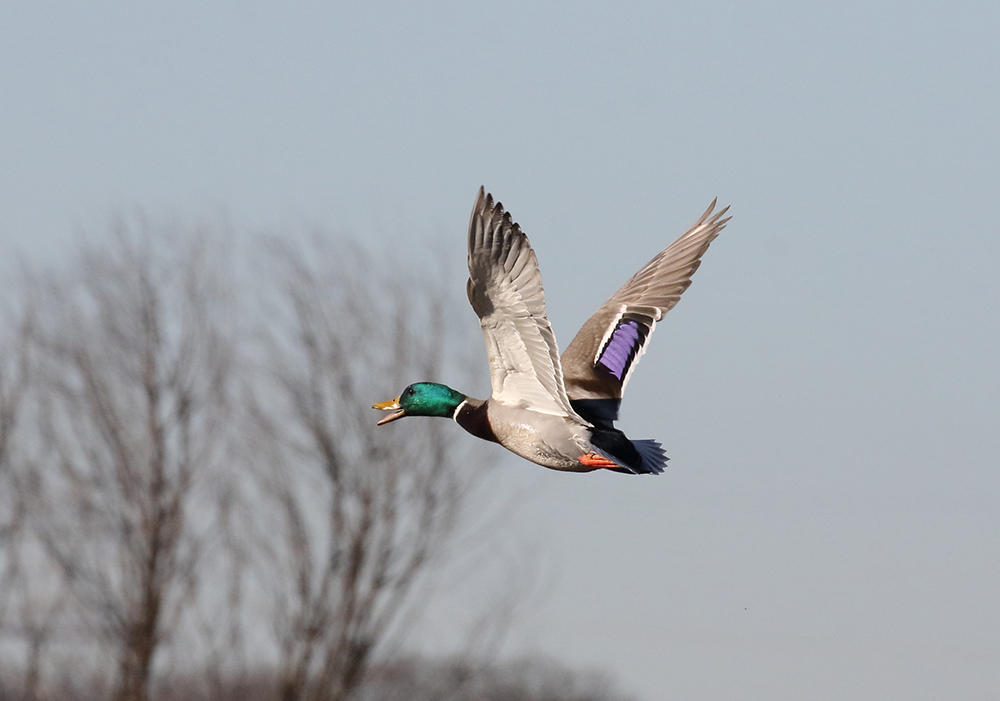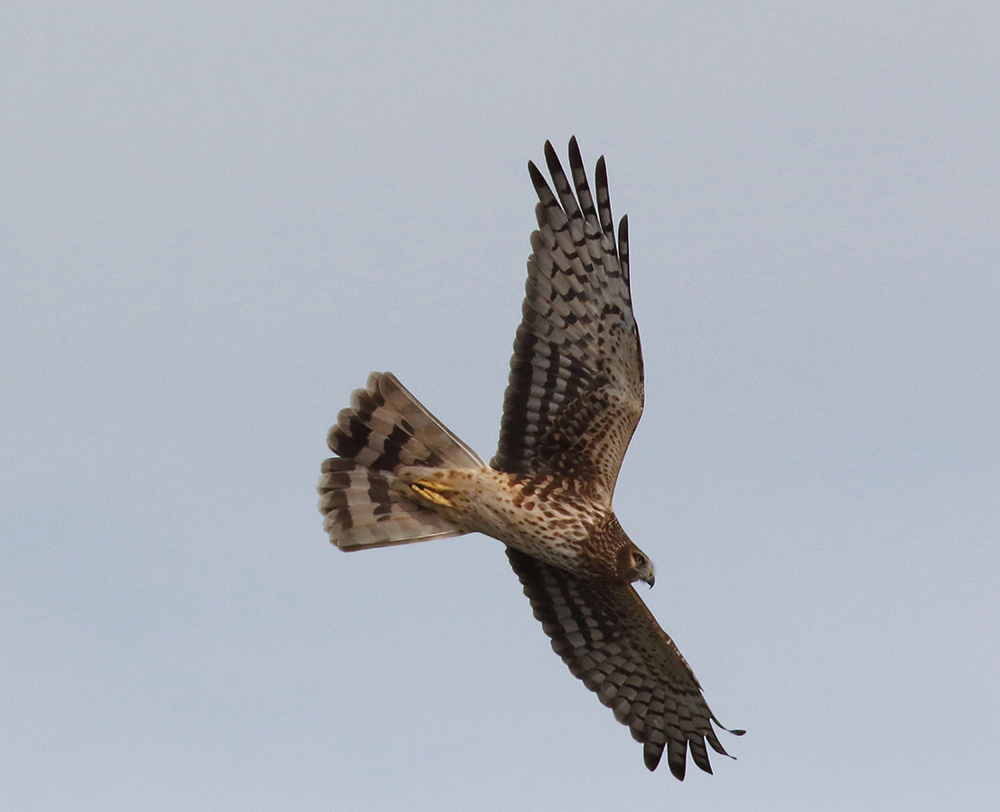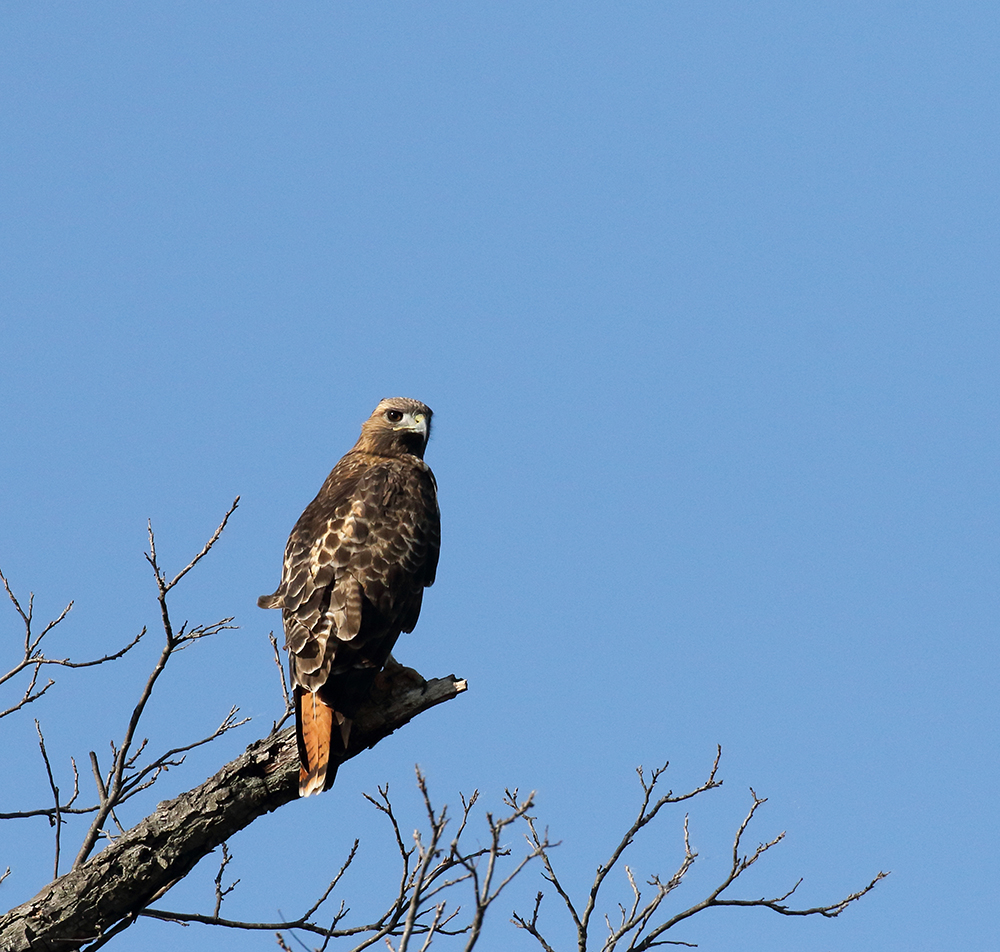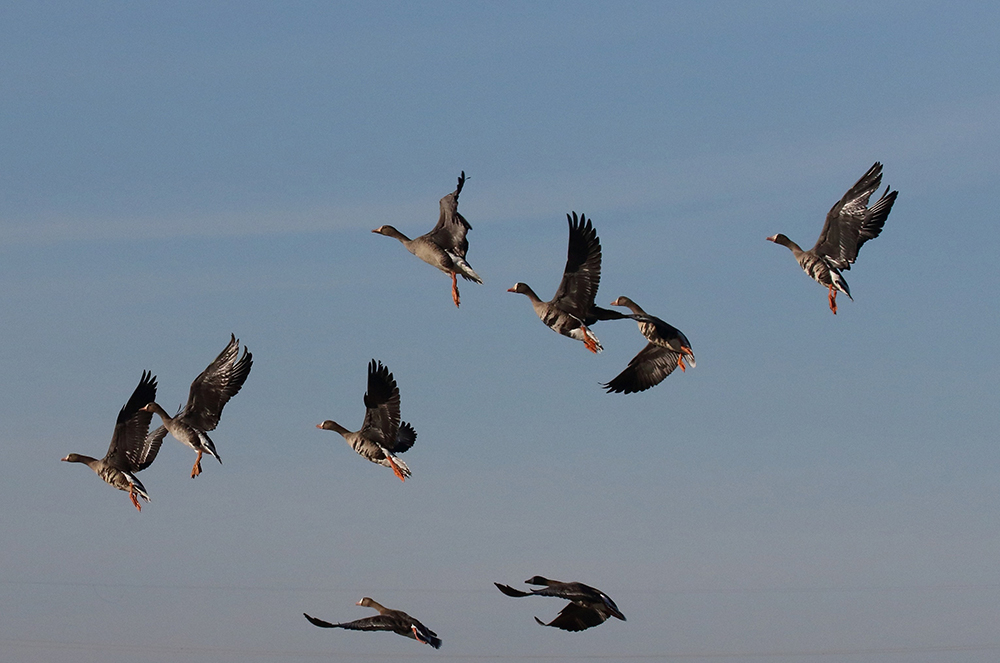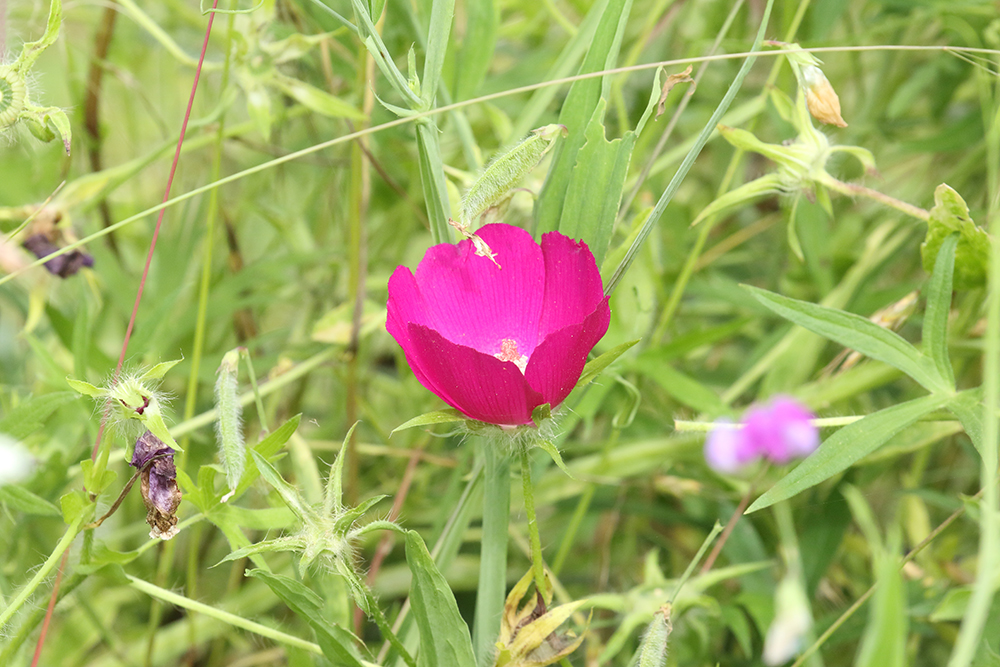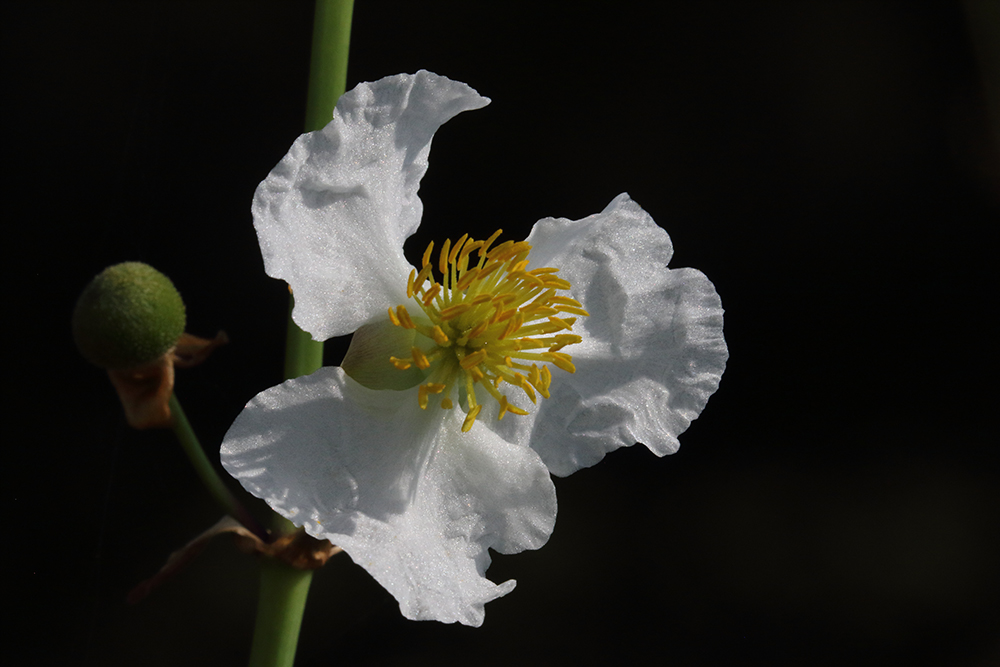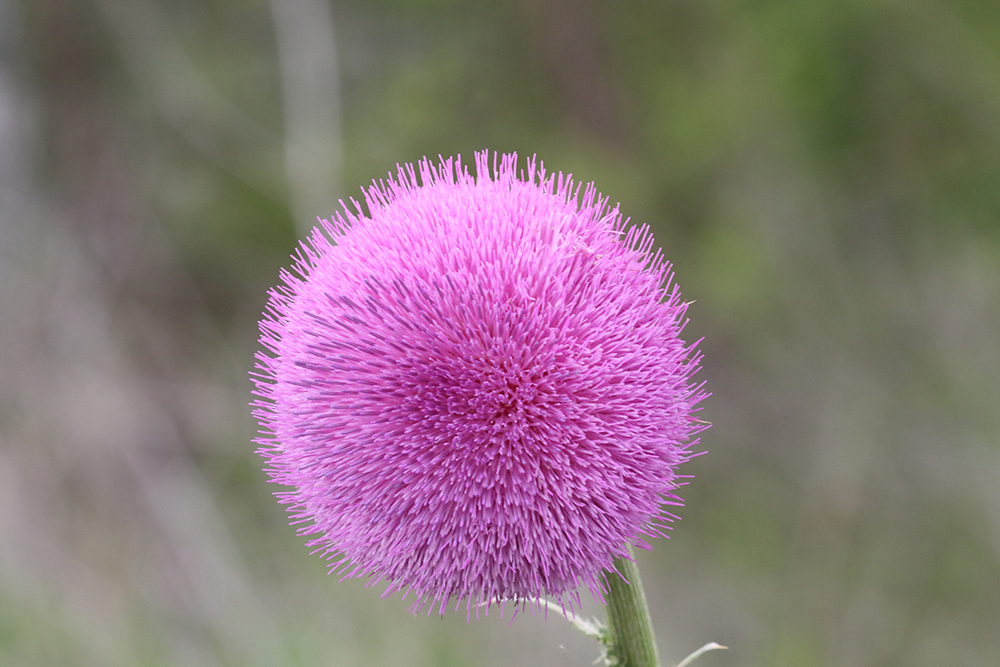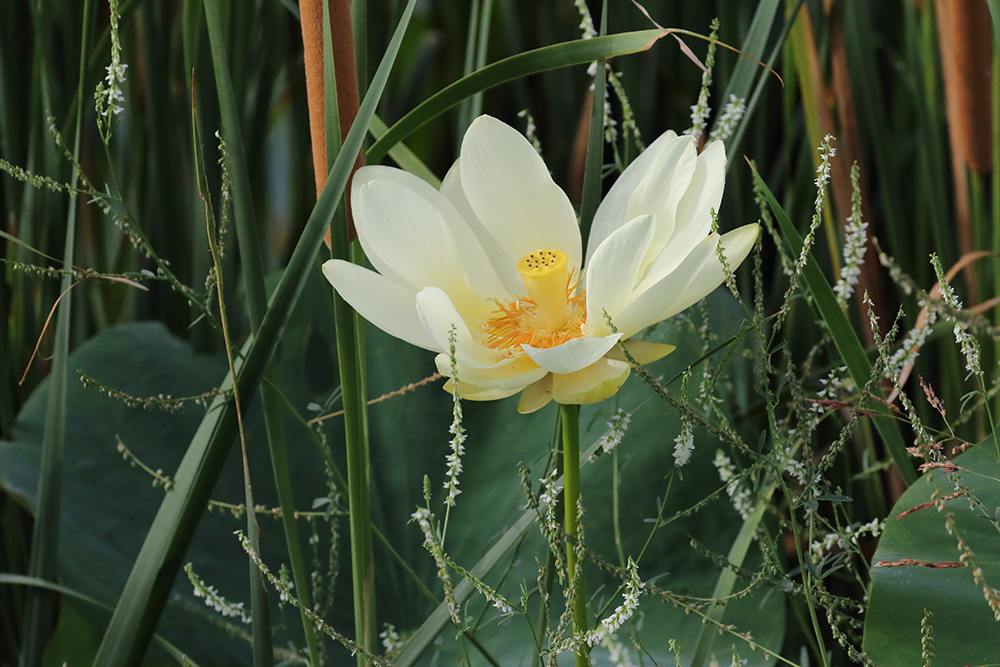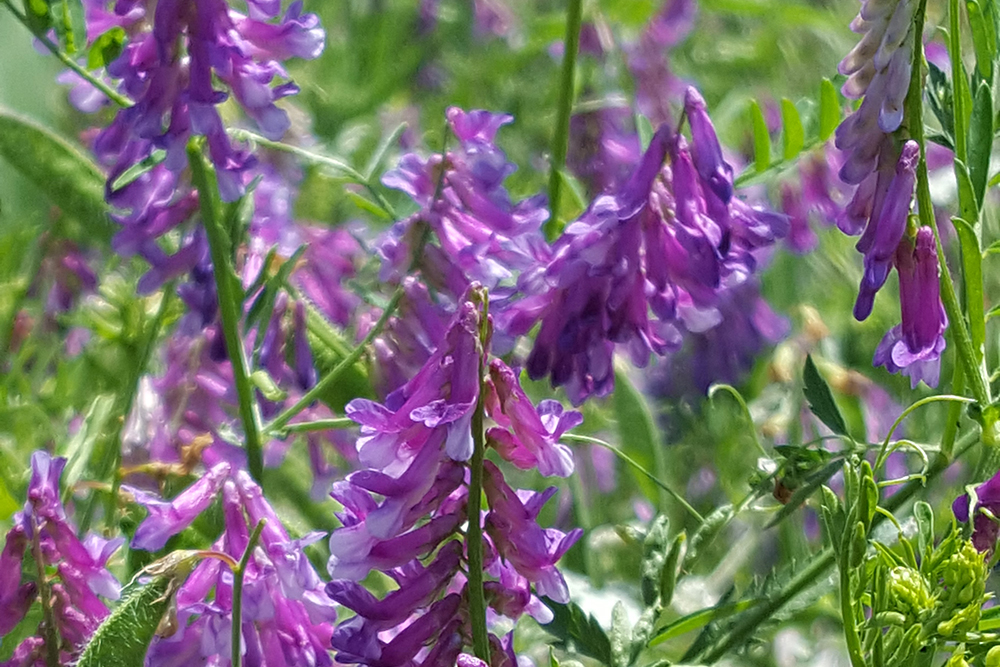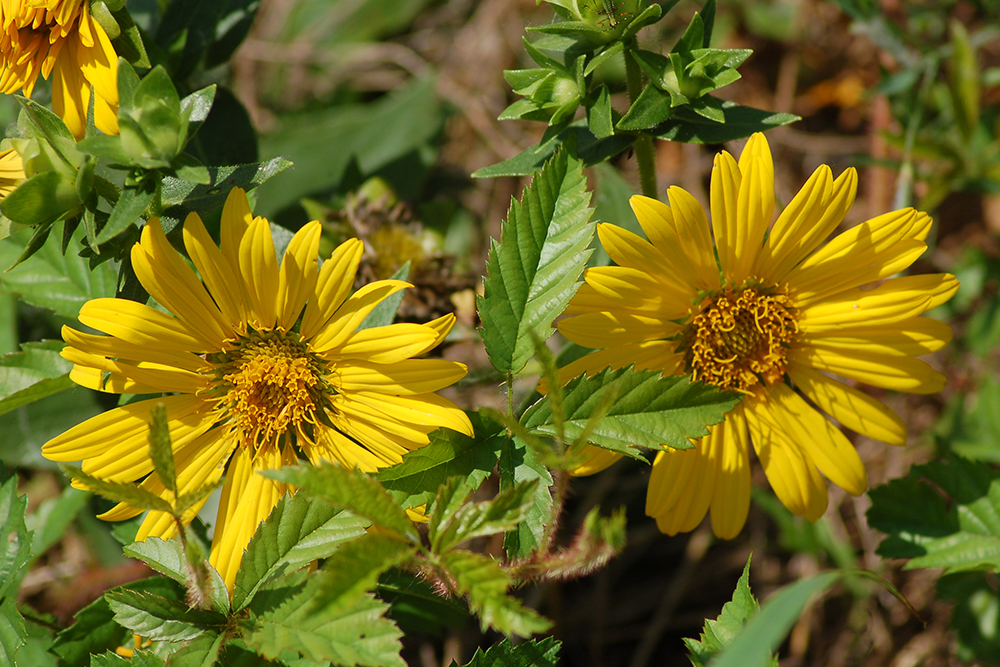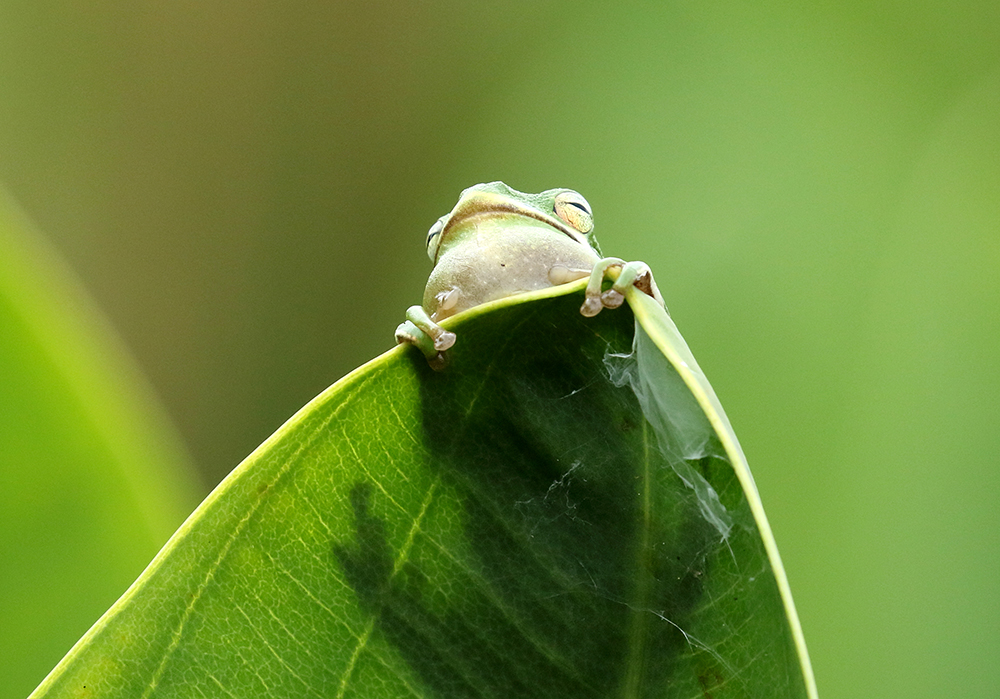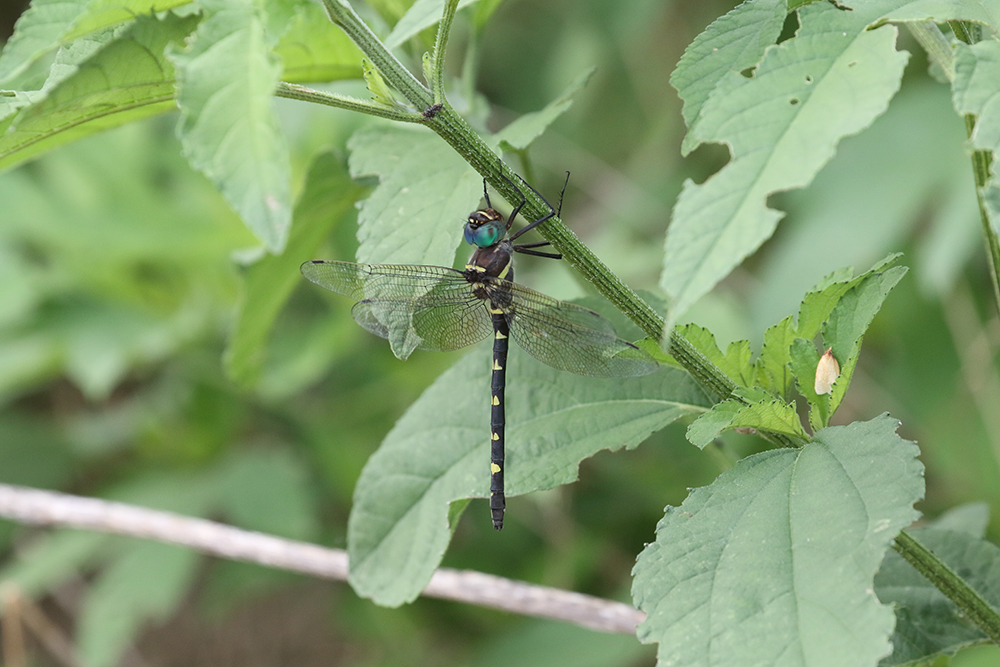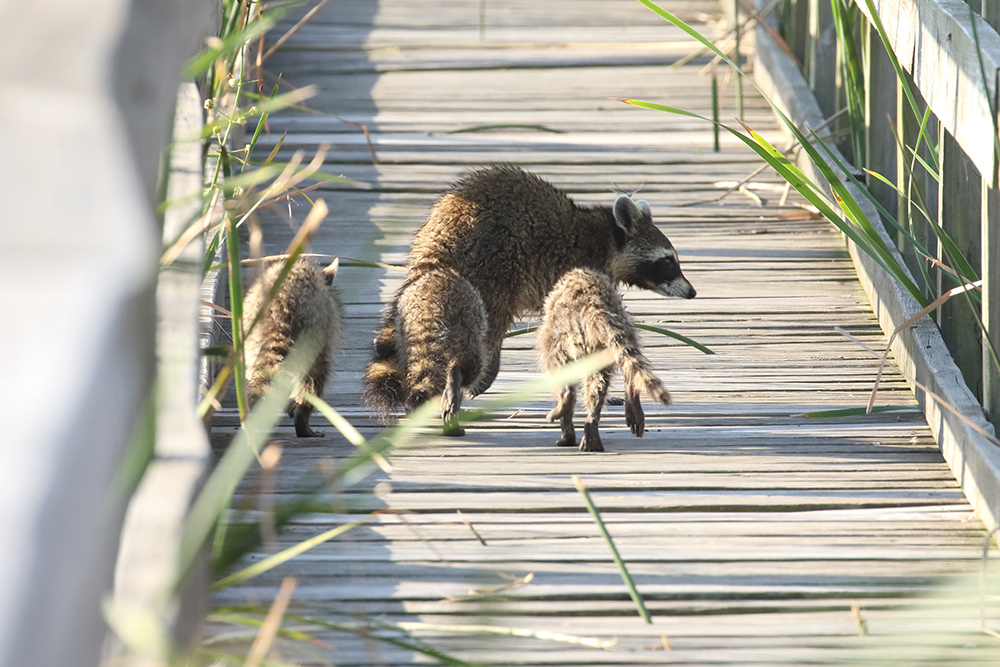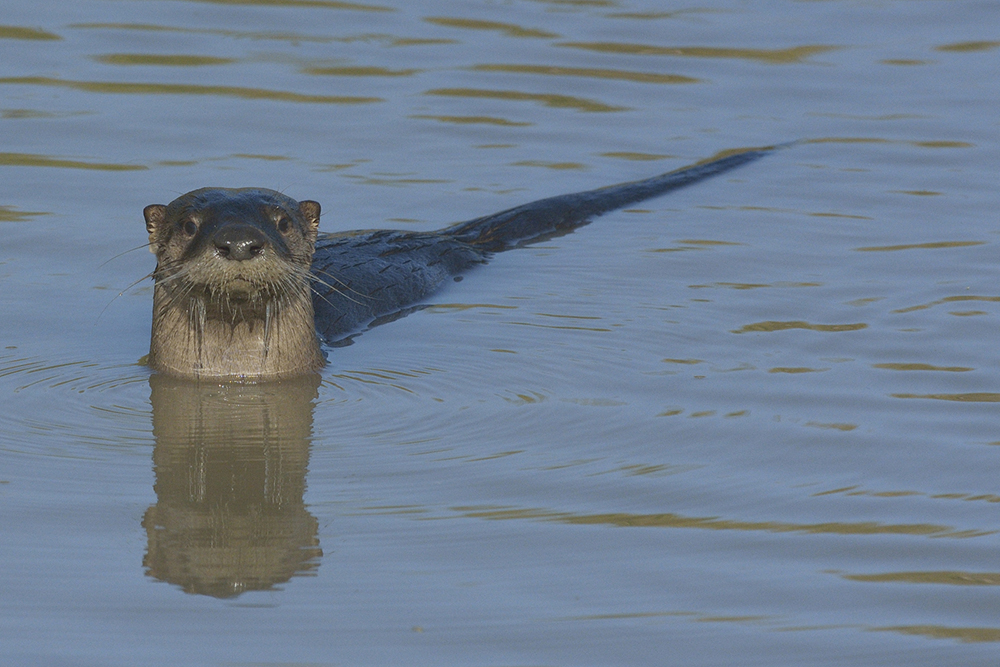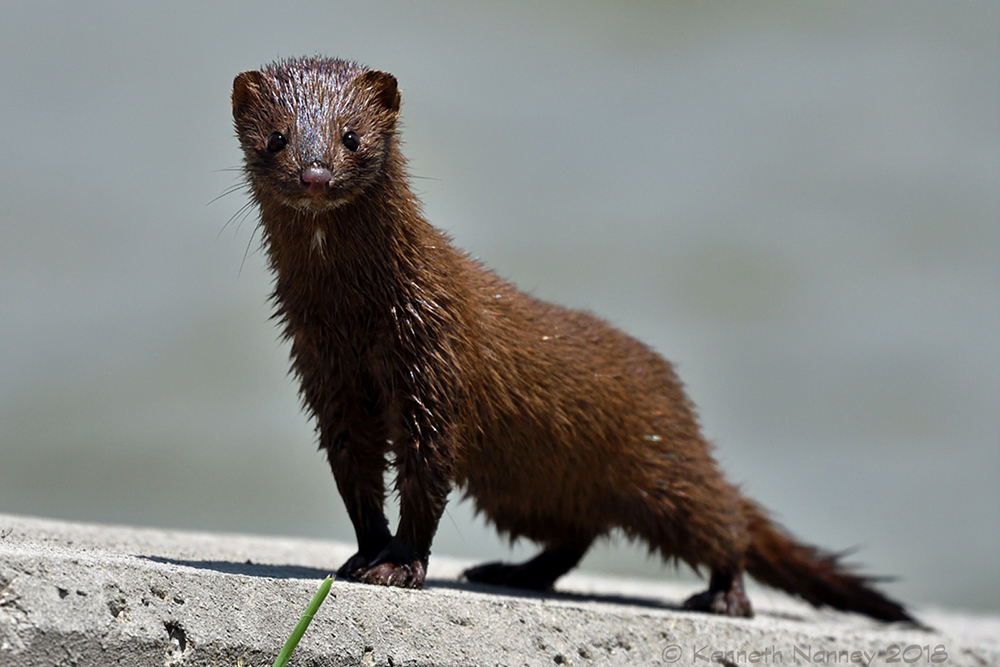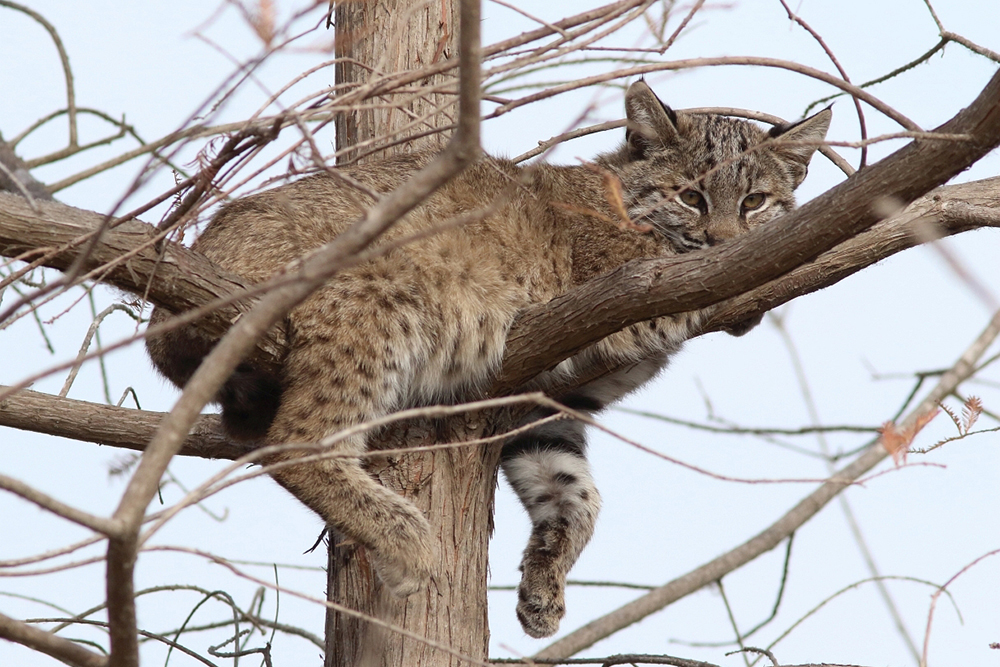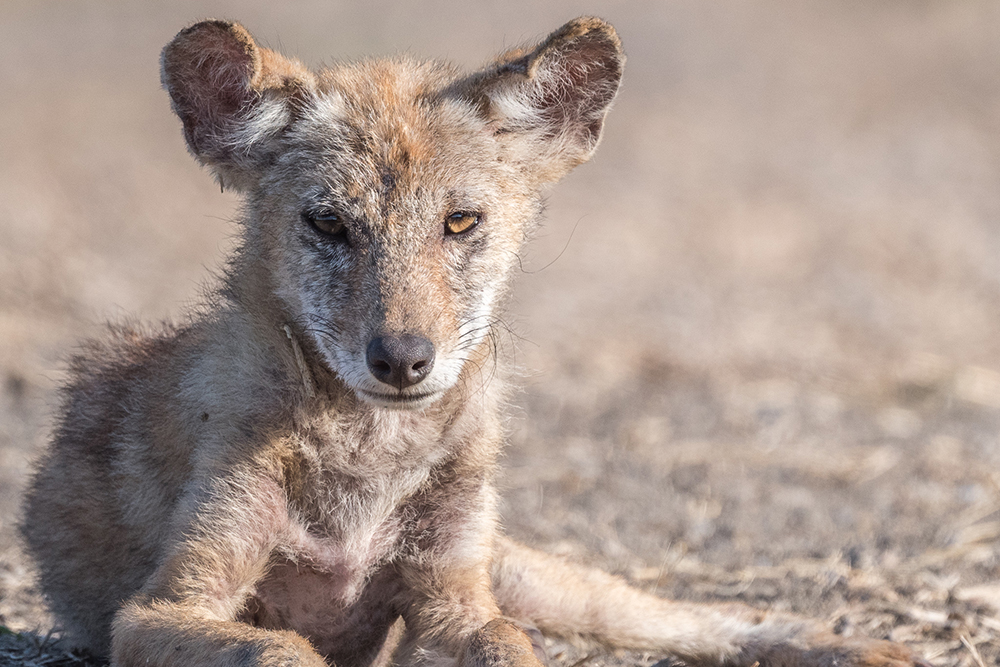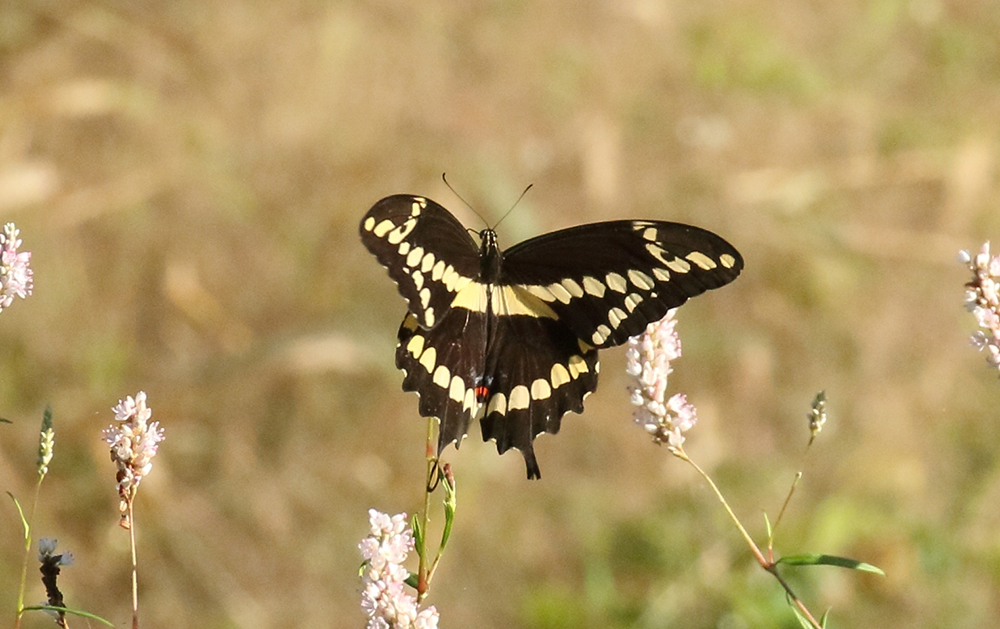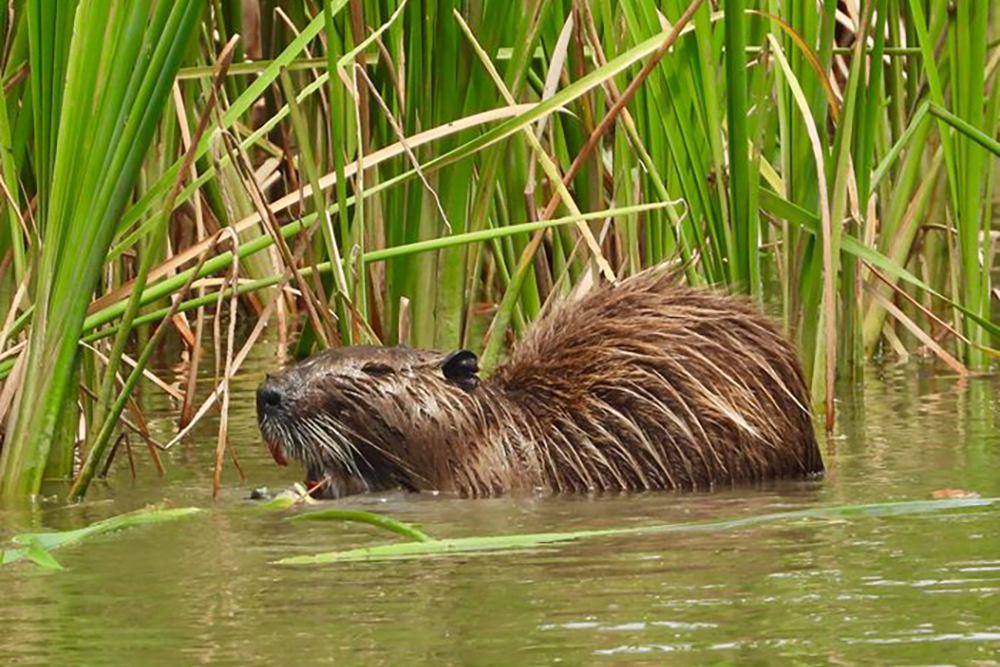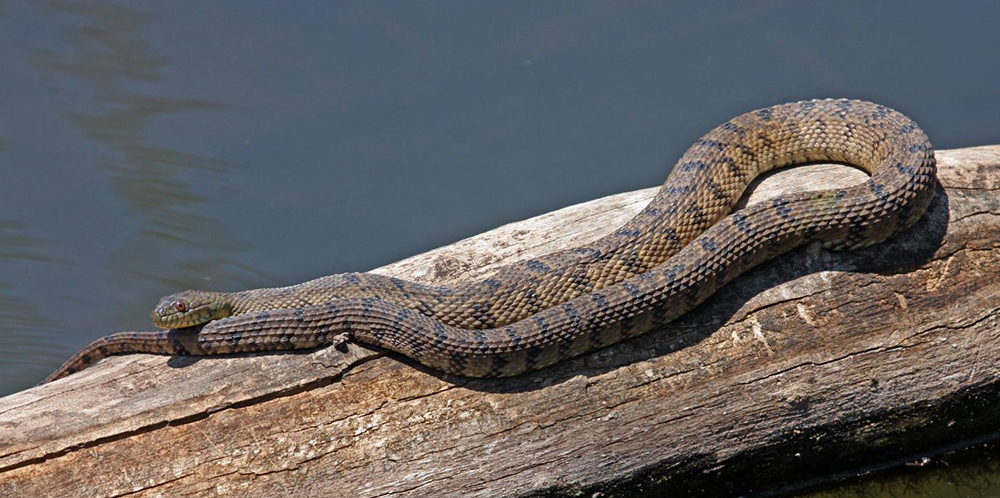flora & fauna
Wander the wetland, and feel a sense of wonder and appreciation of the natural world.
birds
We are in a unique position as we sit along the Central Flyway for migratory birds. Not only do we see Texas native birds fly through, but we also provide a temporary home to hundreds of birds that are making their great migration to and from their summer or winter home. A highlight for visitors is our nesting pair of bald eagles. We’re also situated where two ecoregions—the Blackland Prairie and the Post Oak Savannah—meet, increasing the biodiversity.
Almost 300 species of birds have been observed here, including many unique species. Plan your visit by using this list, which names the species and charts the months they’ve been seen. Here’s a printable checklist.
We also partner with Trinity River Audubon Society for the annual Audubon Christmas Bird Count. Here is a report of the latest count.
If you’d like to learn more about birds, join us for a 1st Saturday Walk & Talk Bird Tour guided by a master birder. Led by an ornithologist who has studied birds across the Americas, a research project is underway at JBS to assess the health of the wetland’s bird community. Here’s the latest report. We provide research opportunities in the areas of water quality and supply, wildlife management and wetland systems. Find out more here.
plants
While you’re out exploring, you’ll notice a variety of native plants, including many wildflowers. But the true floral stars are the aquatic specimens that were planted when the wetland was constructed. The plants and sunlight naturally and effectively filter the water and remove sediment, heavy metals and other pollutants.
wildlife
The common native mammals that inhabit the wetland include coyotes, bobcats, gray foxes, river otters, minks, beavers, bats, raccoons, opossums, skunks and small rodents. An occasional white-tailed deer may wander in. Invasive nutria and feral pigs are commonly seen as well. Most of our mammals are crepuscular (active at dawn or dusk) or nocturnal (active at night), so you may not see them during your visit. You will, however, see their scat on the boardwalk, their tracks on the trails and—look closely!—perhaps the mudslides of river otters as they enter the water.
Spiders, bees, wasps, snakes, frogs, turtles, dragonflies and damselflies can be seen most of the year except during the winter. Our most common fish are carp, alligator gar and perch. Fishing is not allowed except as part of our occasional Recreation Weekend series, which will be advertised on our Programs & Events page.
Here are a few of the residents you might spot on your visit.
